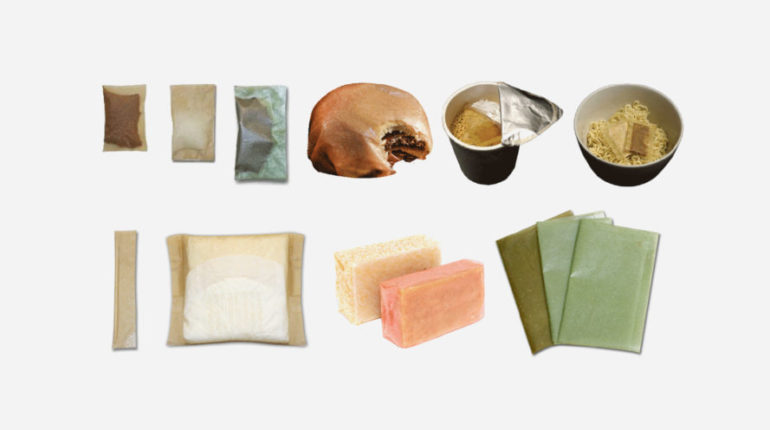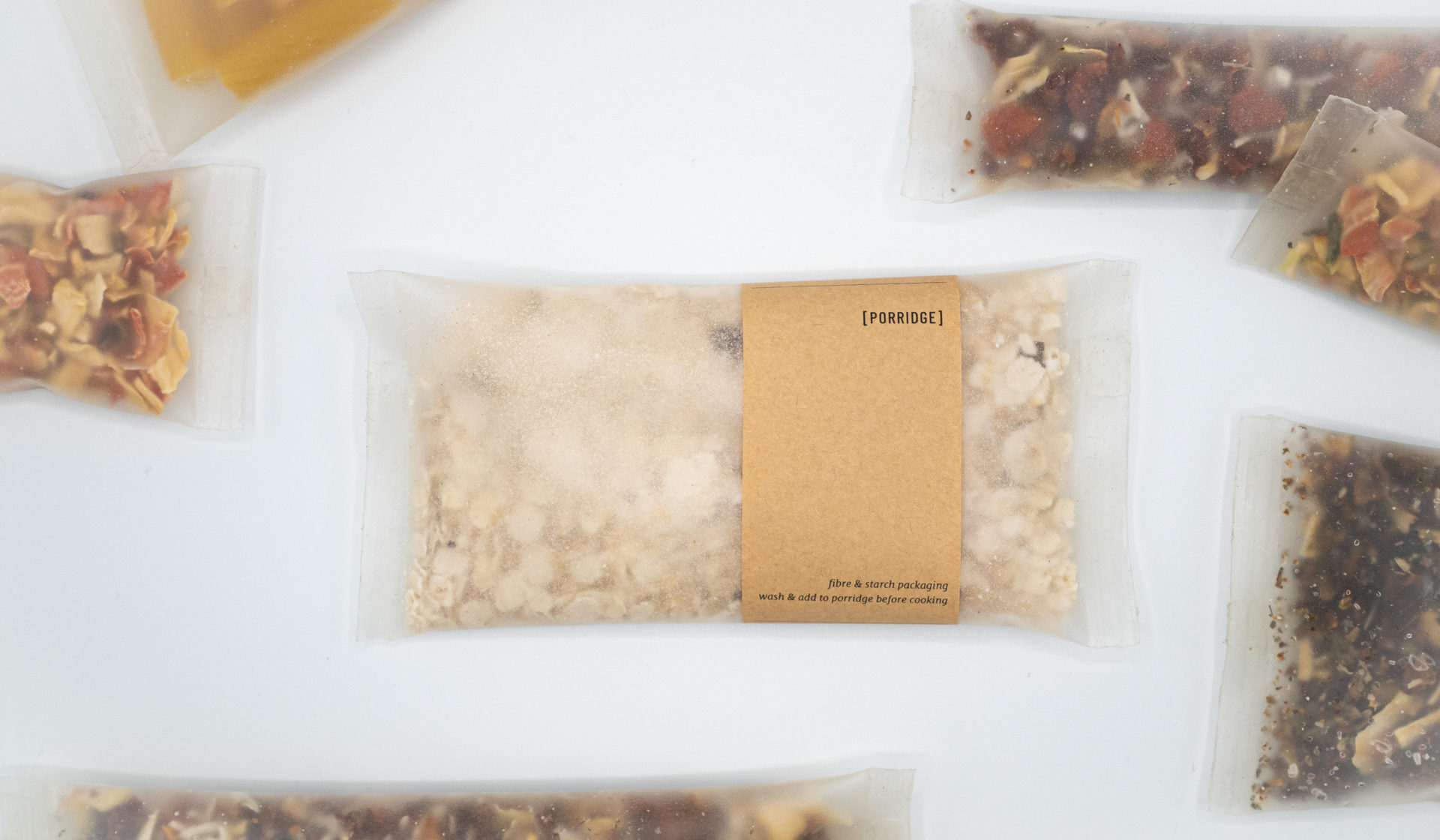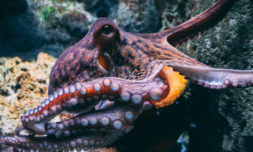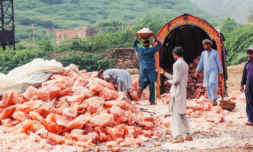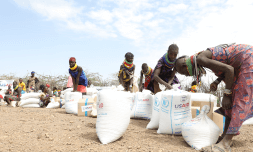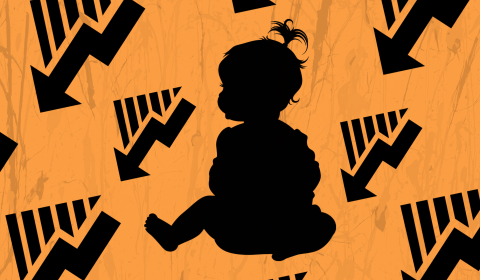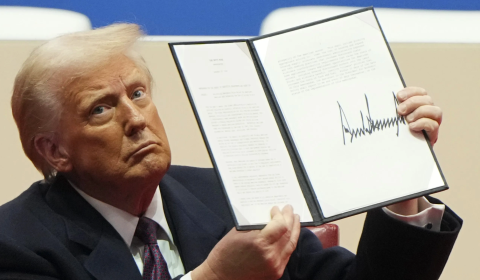A major contributor to landfill waste is disposable coffee cups. If you remember our guide to No-Plastic-July, you might recall that 7 million of these cups are thrown away each day in the UK alone.
Looking to ice cream trucks for inspiration, numerous South African coffee shops are now serving up cappuccinos in waffle cones reinforced with dark chocolate on the inside, which can be eaten after the coffee has been drunk down.
As you can probably imagine, this is already going down quite well with avid Instagrammers.
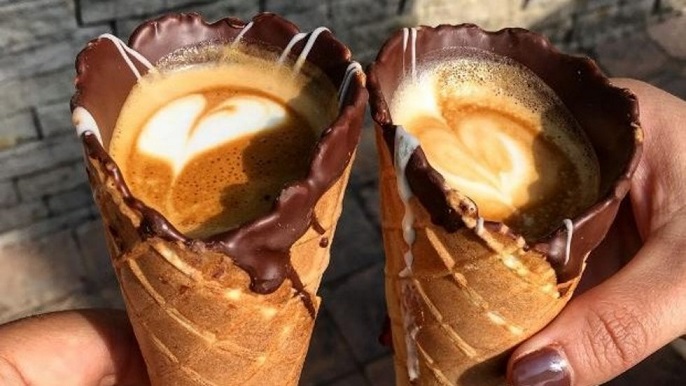
Across the pond, a start-up company called Evoware has developed food packaging made from seaweed after mounting concerns over plastic pollution in Indonesia’s oceans and rivers.
Already, the packaging has been trialed by a local waffle vendor called Bruxel Waffle. Evoware has also started selling seaweed paper wrapping for sandwiches and burgers, as well as cups and food containers to replace Styrofoam and plastic.
If you fancy, you can eat the packaging when you’re done or rest assured that any product from Evoware’s line will biodegrade within a matter of weeks.
The company’s seaweed packaging is superior to plastic as it actually helps the planet by absorbing carbon dioxide during growing stages and doesn’t require fertilisers or use any other natural resources to produce.
The only downside is that transforming it into packaging is currently more expensive than plastic wrappers, but once wide-scale manufacturing is achieved, costs will likely be driven down.
And why not invest when seaweed farmers are growing more than they can sell?
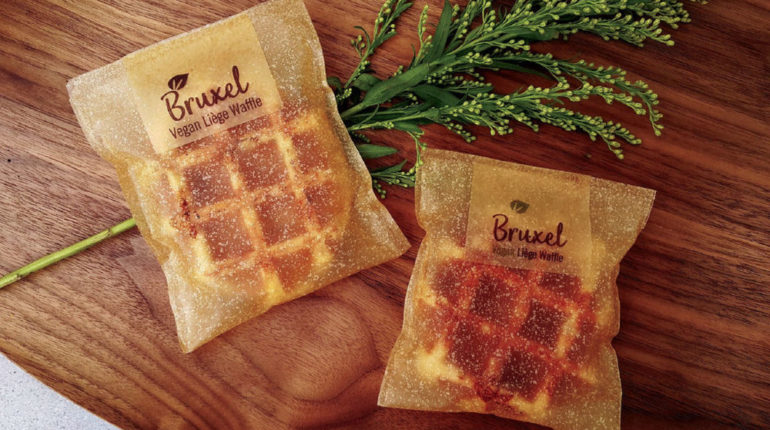
It’s no secret that in our efforts to slice unnecessary plastic waste, paper straws looked like a decent replacement for the plastic types. But by now we all know they don’t stand up well, becoming part of any drink within about five minutes.
Not to worry, seaweed is here to save the day yet again. UK-based company Loliware has developed straws made from a duo of algae and seaweed, which last up to 24 hours once wet but completely degrade after two months.
They come in a variety of natural flavours like Yuzu Citrus, Tart Cherry, Matcha Green Tea, Vanilla Bean or simply, Unflavoured. And yes, you can eat them after.
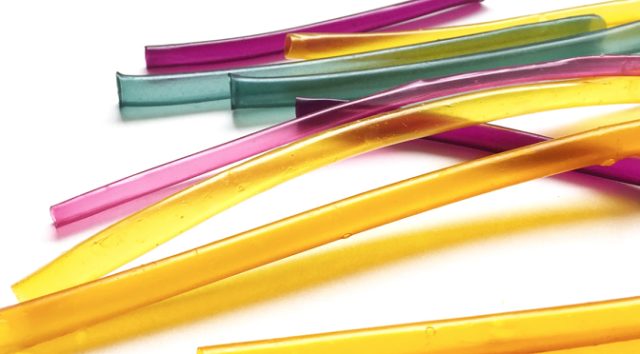
Of course, we can’t ignore that there still remain disadvantages to edible food packaging.
Some materials may be too water soluble for humid climates, which would cause them to break down rapidly due to moisture in the air. Newer trials like those using milk protein for packaging may not be suitable for those with food allergies.
Further anticipated problems are rooted in consumer behaviour. A large majority would likely be apprehensive about eating the wrapper of their food, raising concerns about whether it is truly sanitary or safe.
If we can get past this initial bump in the road, consumers would need better education about packaging disposal. Despite the biodegradable aspect of the materials, we should still avoid leaving wrappers in places like parks or beaches.
But while edible and biodegradable food packaging still faces challenges, innovation using new methods and materials are ongoing. Likewise, companies dipping their toe into manufacturing these products are increasing rapidly.
The widescale implementation of these circular designs would significantly reduce the amount of plastic in landfills, considering that in the UK households use over 500,000 tons of plastic food packaging each year.
And since replacements that are better for us and the planet are known, it’s likely we’ll be seeing them pop up sooner than we think!
